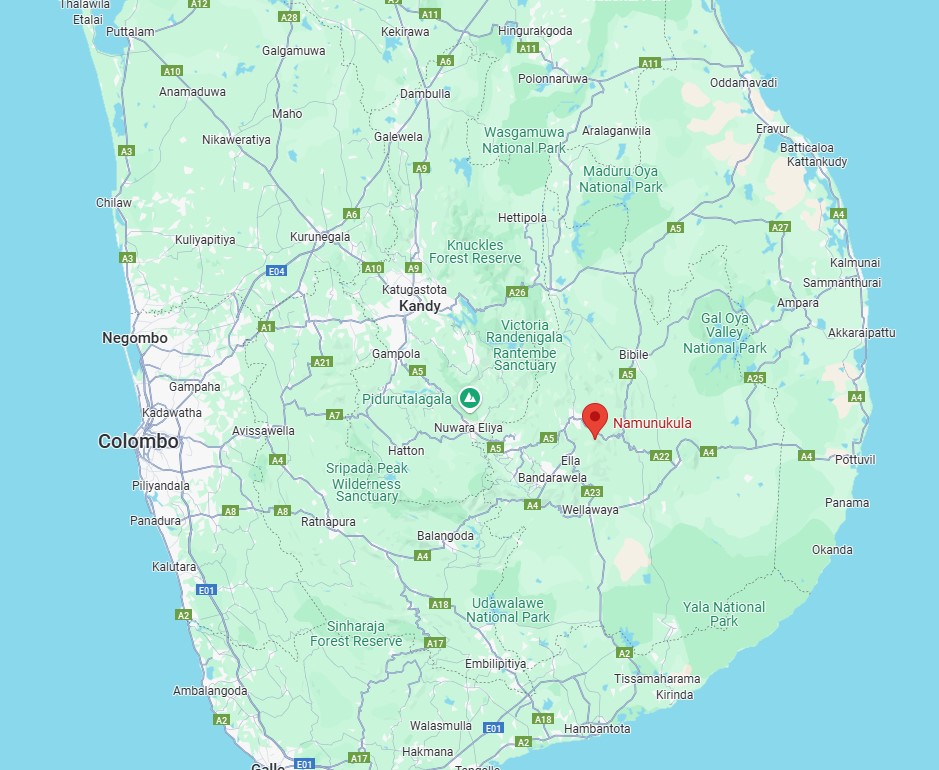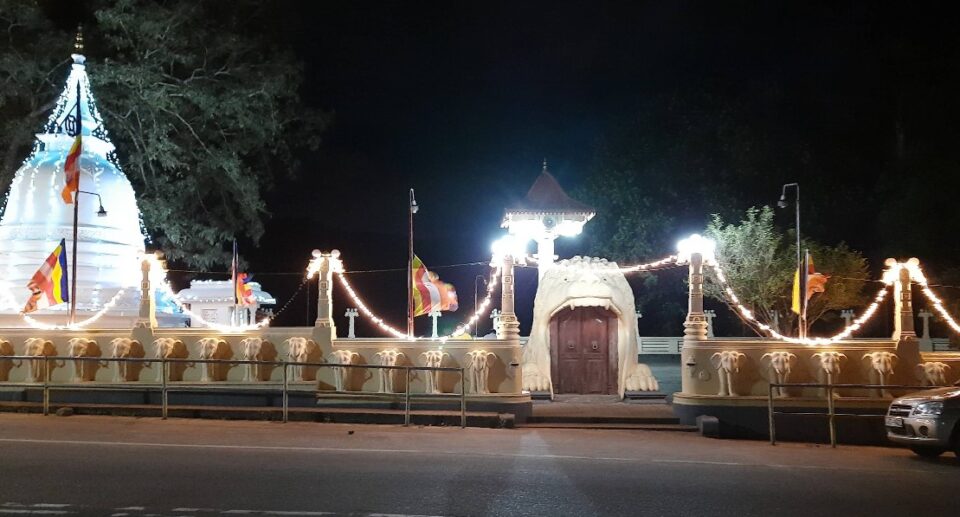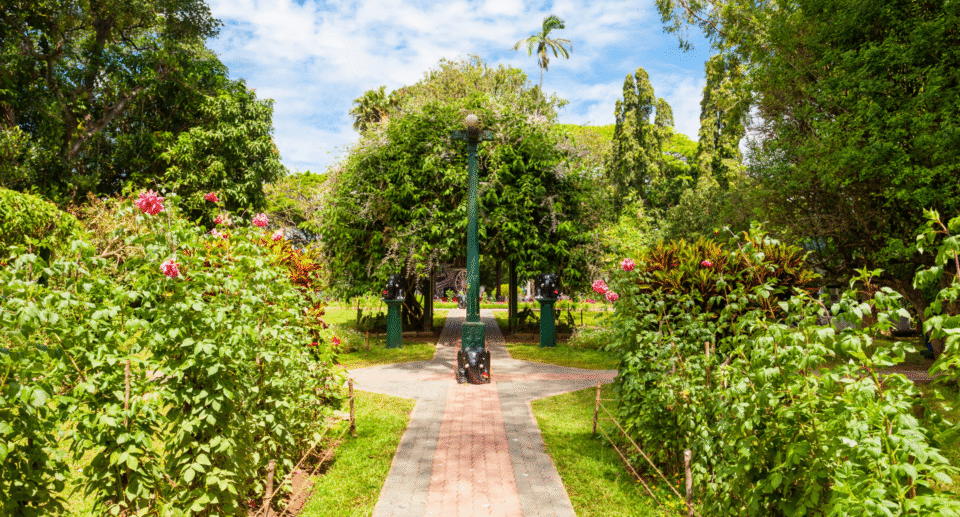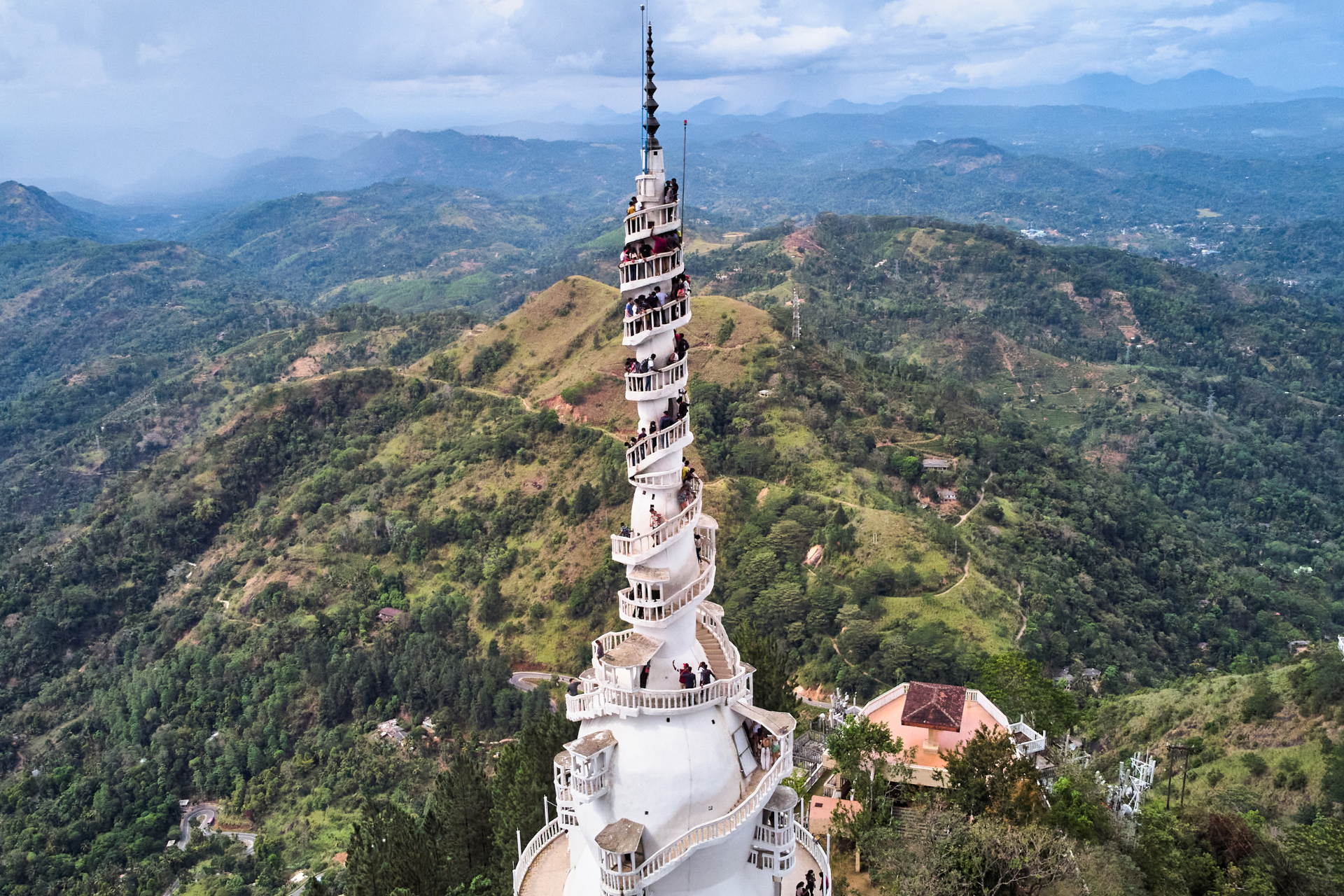Namunukula Mountain Range: A Majestic Presence in Sri Lanka’s Eastern Highlands
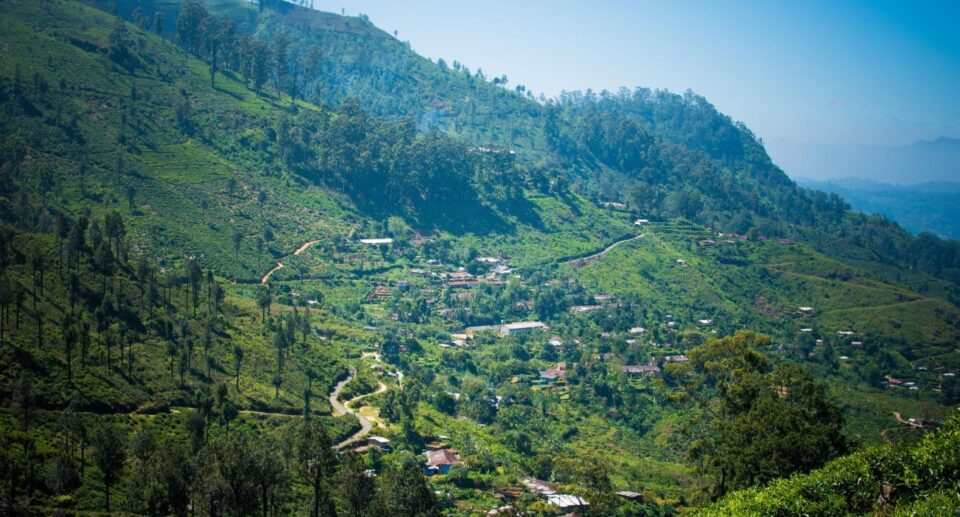
Sri Lanka, being a tropical island with a renowned cultural heritage and natural beauty, is blessed with diverse landscapes that extend from beaches to mountain ranges. One of the most picturesque natural wonders is Namunukula, a central Sri Lankan mountain range, located in the Uva Province. Renowned for its breathtaking scenery, rich biodiversity, and cultural significance, Namunukula is one of the most scenic and lesser-known regions of the country. Throughout this essay, the unique features of Namunukula, including its geographical significance, treks, biodiversity, and cultural significance, will be discussed.
Geographical Significance
Namunukula, meaning “Nine Peaks” in Sinhala, is a lofty mountain range near the town of Badulla. It is one of the loftiest ranges in Sri Lanka, and its highest point has an elevation of approximately 2,035 meters (6,676 ft) above sea level. It is the highest point in Uva Province and the 12th highest peak in the island. The name “Namunukula” is derived from the fact that the range possesses several peaks, some of which are visible from certain points in the surrounding areas.
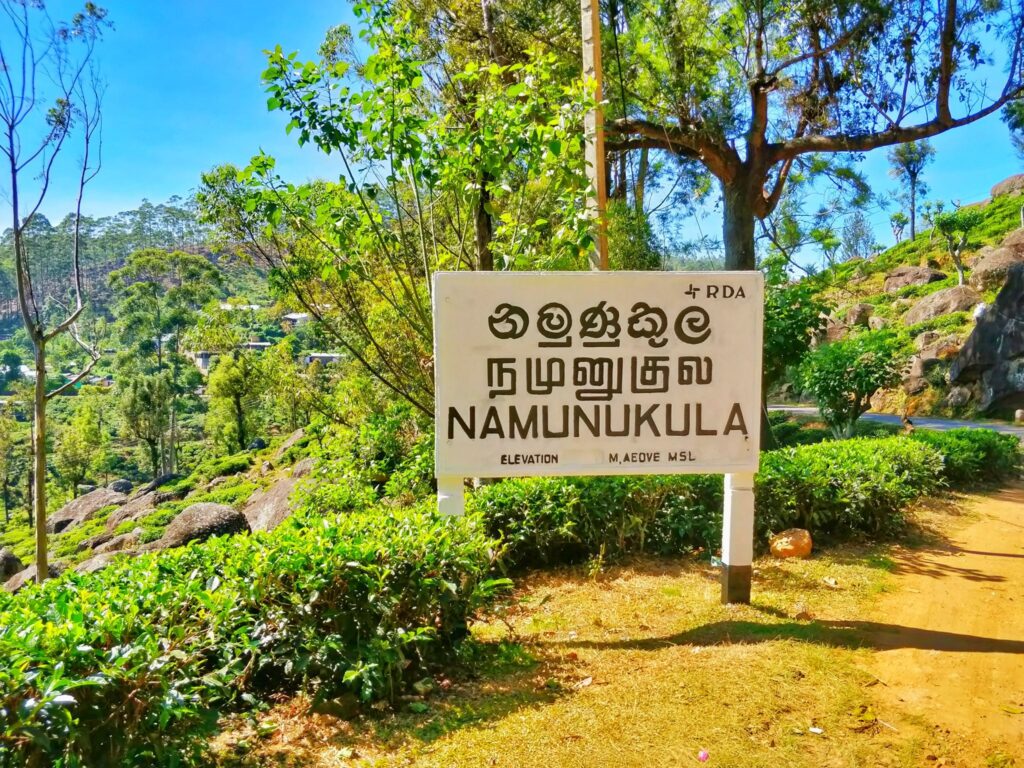
The range is located approximately 15 kilometers to the east of Ella town, which is a well-known tourist hub, and can be accessed via the Passara-Badulla Road. The mountain range is an integral part of the Uva-Wellassa district and offers visitors a chance to see a unique part of Sri Lanka that is relatively untouched by modern urbanization. The surrounding area is a combination of rugged terrain, dense forests, waterfalls, and rolling tea plantations, making it an ideal location for nature lovers and adventure seekers.
Hiking and Trekking Trails
One of the most appealing aspects of Namunukula is that it is open to trekkers and hikers. The mountain range is a popular destination for local and international tourists who seek to escape the noise and pollution of urban life. Climbing to the summit of Namunukula is not a very difficult task but requires a reasonable amount of physical fitness due to the rocky and steep slope.
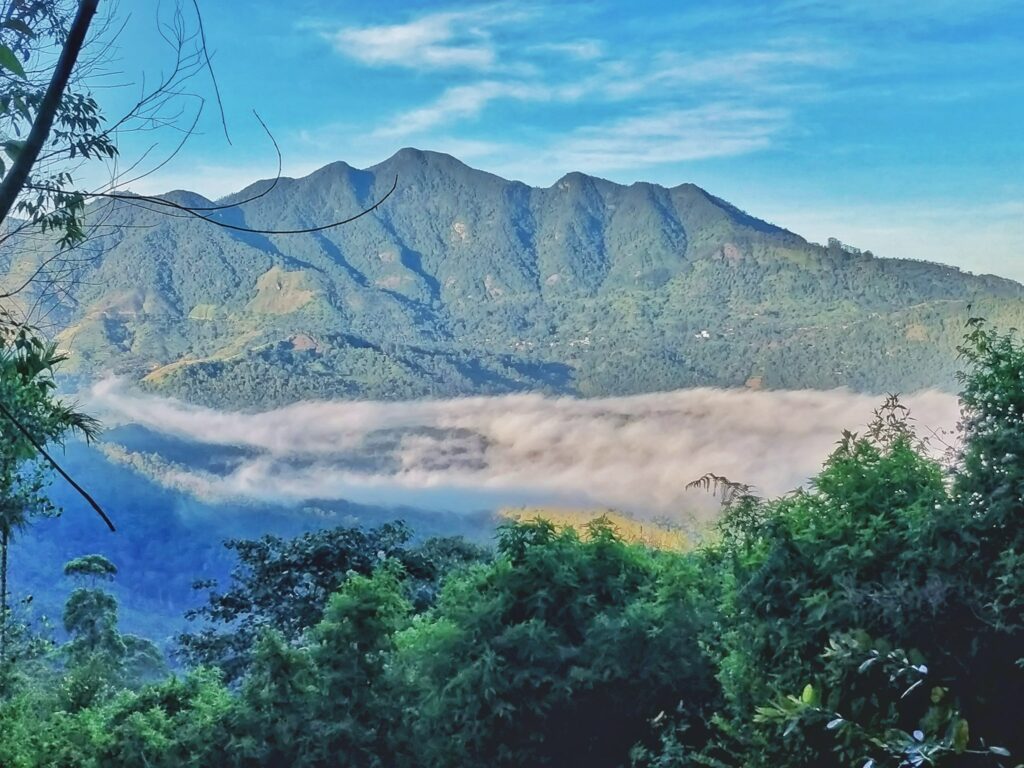
The hike typically begins at the 3rd Mile Post on the Passara-Badulla Road, where the trail entrance is located. From there, hikers can take one of several routes to the summit, each of which offers a unique experience. En route, hikers pass through lush forests, peaceful tea estates, and undulating grasslands. The climb is relatively peaceful, except for the odd chirping of birds and the rustling of leaves that acts as natural background music for the hike.
The path is well marked, but it is advisable to take a local guide who knows the terrain. The hike usually lasts 4 to 5 hours, depending on which path one uses and the pace of the trekkers. There are several scenic points along the path where trekkers can halt and take in the views of the surrounding countryside. At the summit, trekkers are rewarded with panoramic views of the valleys below, the town of Badulla, and distant mountain ranges. On a clear day, it is possible to see all the way to the southern coast of Sri Lanka.
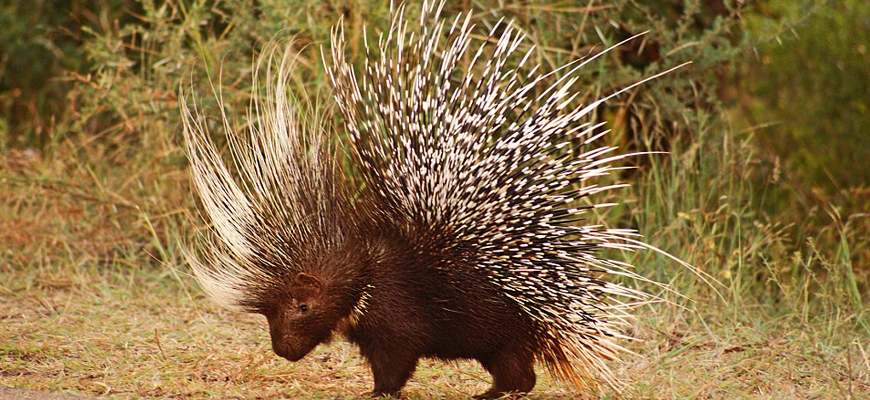
Biodiversity and Wildlife
Yet it is not just the stunning landscape that makes Namunukula stand out. The range is also celebrated for its rich biodiversity, as it is home to a variety of plant and animal species, some of which are endemic to Sri Lanka. The mountain forests are part of the Sri Lanka Dry Zone ecosystem, which consists of dry, tropical forests that receive seasonal rainfall.
The diverse plant life at Namunukula includes a range of tree species, medicinal plants, and shrubs. The forests are thick with lofty trees like red cedar, ebony, and teak, whereas the lower slopes are covered in shrubs and grasses. These forests house a range of birdlife that includes rare and endemic species like the Sri Lanka Blue Magpie, which is a highly colored bird. Bird watchers go there to observe these birds in their natural habitat, and therefore it is a suitable site for eco-tourism.
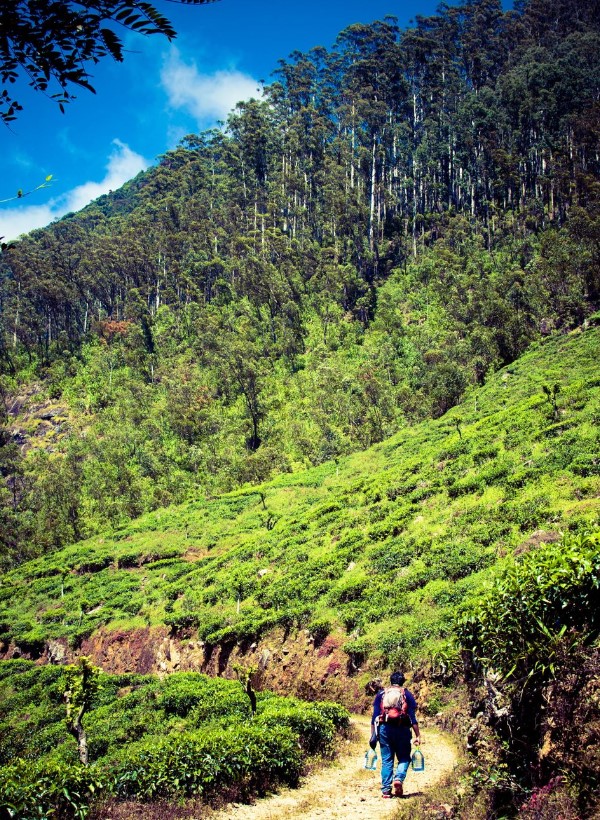
Besides birds, the mountain range also boasts a few mammals, such as monkeys, squirrels, and deer. Reptiles and amphibians are plentiful in the region, with several varieties of snakes, frogs, and lizards. The forests of Namunukula are crucial for maintaining the biodiversity of the Uva-Wellassa region and thus is a significant conservation zone.
Cultural and Historical Significance
Aside from natural beauty, Namunukula is also of cultural and historical importance in Sri Lanka. The mountain range has been a part of the country’s heritage for centuries and is constantly mentioned in ancient texts and local lore. The vicinity of Namunukula is blessed with historic locations, including old temples and ruins, that are testaments to the region’s rich cultural importance.
The region is also associated with the nearby presence of the indigenous Vedda people, who have inhabited Sri Lanka’s forests and mountains for centuries. The Vedda people are renowned for their strong oneness with nature and their ancient lifestyles, which continue to exist in much of Sri Lanka. Some of the treks around Namunukula offer paths that pass through territories traditionally inhabited by the Vedda people, offering visitors a glimpse into the traditional lifestyle of the island as well as the island’s ancient past.
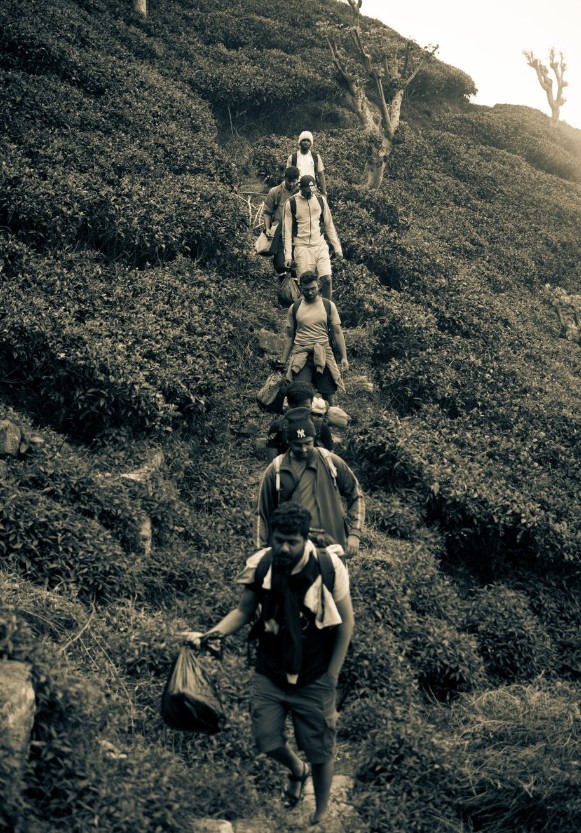
In addition, the range is important to local agriculture, particularly tea cultivation. The Namunukula slopes are blanketed with tea estates that span the landscape, contributing greatly to the local economy. A portion of Sri Lanka’s finest tea is produced in these estates and shipped globally. The estates also provide employment to numerous locals, further establishing the site’s cultural and economic relevance.
Namunukula, with its towering heights, lush forests, and ancient heritage, is a treasure waiting to be discovered by any individual who hungers for adventure, tranquility, and a deep sense of harmony with nature. Whether a hardcore trekker, a nature enthusiast, or someone who wishes to explore Sri Lanka’s unexploited marvels, Namunukula offers an experience that is unparalleled. It is a place where natural beauty and cultural wealth converge, and thus it forms an integral part of Sri Lanka’s hill country scenery. Even as the world stirs to the wonders of Sri Lanka, Namunukula remains a witness to the country’s unspoiled, intact landscapes and its vast ecological and cultural wealth.
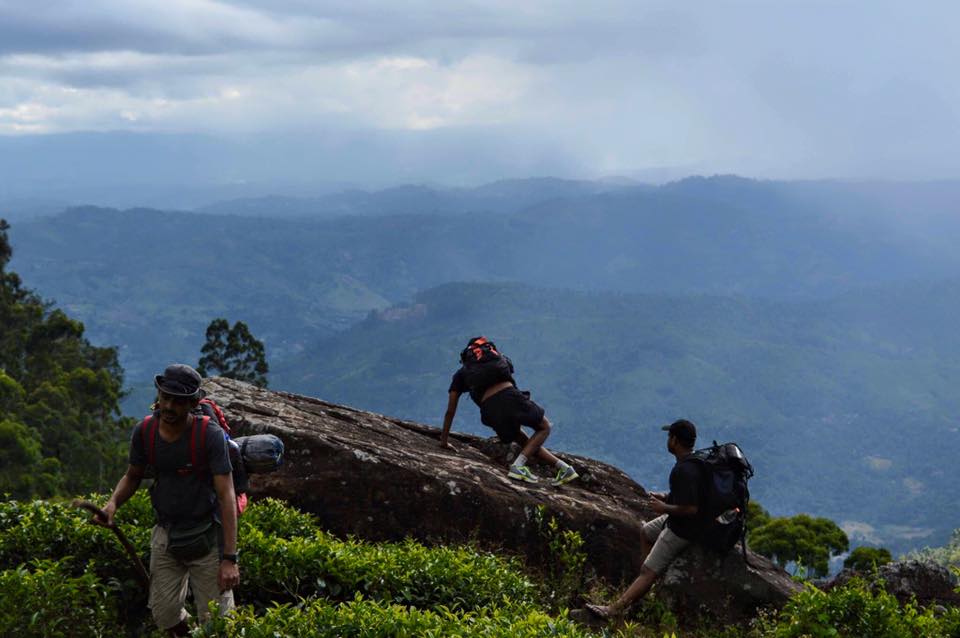
To reach Namunukula in Sri Lanka, which is located in the Uva Province, near Badulla, you can follow these steps:
1. Travel to Badulla (Main Town)
First, you need to travel to Badulla, which is the nearest major town to Namunukula. There are several ways to reach Badulla:
- By Car or Taxi:
You can hire a taxi or drive to Badulla from Colombo or other major towns. The distance from Colombo to Badulla is approximately 200 km and takes around 4-5 hours by car via the A4 Highway. You can also reach Badulla from Kandy or Nuwara Eliya in a similar amount of time. - By Bus:
Sri Lanka has an extensive bus network, and you can take a long-distance bus from major cities like Colombo, Kandy, or Nuwara Eliya to Badulla. The bus ride takes about 6-7 hours from Colombo. - By Train:
Sri Lanka’s train network offers a scenic journey from Colombo to Badulla. You can take the Colombo-Badulla train, which travels through beautiful landscapes and tea plantations. The train ride takes around 7-8 hours, and it’s considered one of the most scenic train journeys in the world.
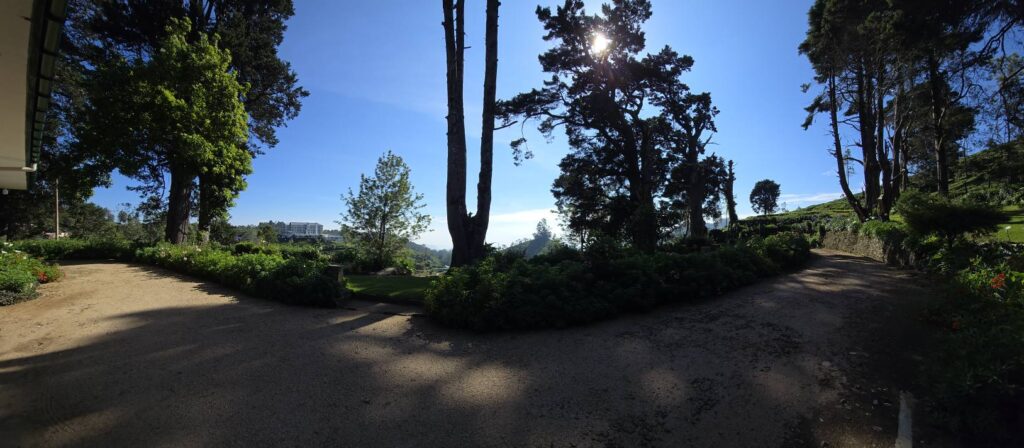
2. Travel from Badulla to Namunukula
Once in Badulla, you will need to continue your journey toward Namunukula:
- By Car/Taxi:
The easiest way to reach the Namunukula mountain range is by hiring a taxi or driving from Badulla. The journey from Badulla to the base of Namunukula takes approximately 15-20 minutes (around 10-15 km). From here, the hiking trails begin. - By Local Transport:
If you don’t have a private vehicle, you can take a local tuk-tuk or hire a driver to take you to the 3rd Mile Post on the Passara-Badulla Road, where the trek to Namunukula starts.
3. Hiking to the Summit
After reaching the base, the hike begins from the 3rd Mile Post on the Passara-Badulla Road. The trek takes around 4-5 hours to reach the summit, depending on the route and pace. It’s best to have a local guide who is familiar with the trails and can help you navigate the terrain. The trail takes you through lush forests, tea plantations, and meadows, offering scenic views along the way.
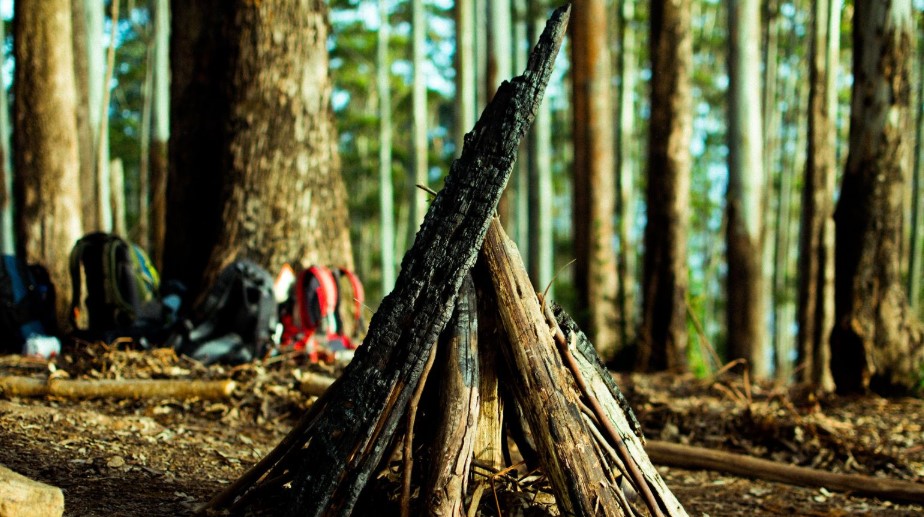
Key Tips:
- Best Time to Visit:
The ideal time to hike Namunukula is during the dry season, between December and March, when the weather is clearer and more suitable for hiking. The rainy season can make trails slippery and difficult. - Prepare for the Hike:
Ensure you have appropriate gear, such as sturdy shoes, plenty of water, sunscreen, and snacks. The hike can be moderately strenuous, so be prepared for a physically demanding trek. - Guides and Local Help:
If you’re unfamiliar with the area, it’s highly recommended to hire a local guide for the hike to ensure a safe and enjoyable journey.
Summary of Directions:
- Travel to Badulla from Colombo (by car, bus, or train).
- From Badulla, take a local vehicle (taxi or tuk-tuk) to the 3rd Mile Post on the Passara-Badulla Road.
- Hike to Namunukula’s summit, which takes around 4-5 hours, passing through forests and tea plantations.
Map of Namunukula Mountain Range
